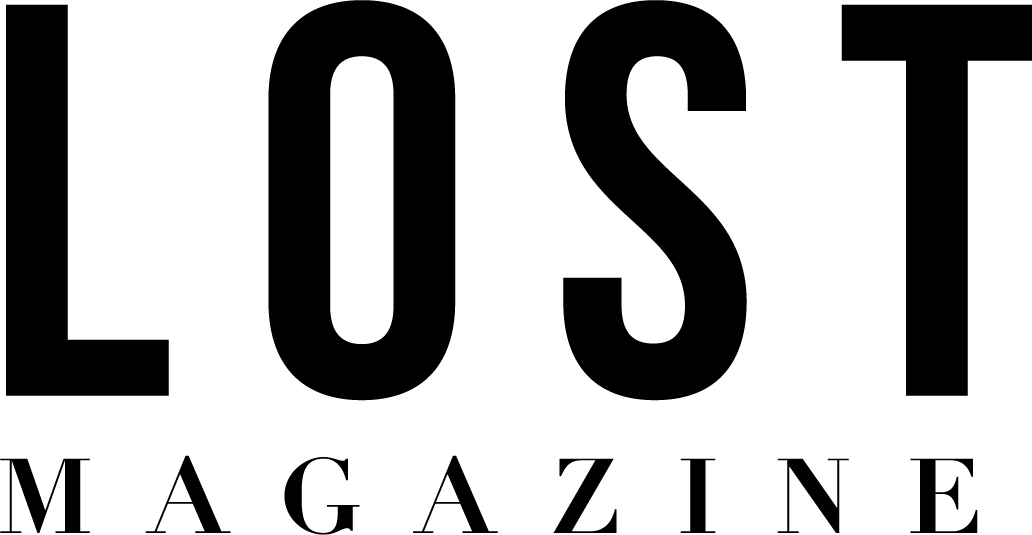Regeneration Generation
LOST PRODUCE
STORY BY MICHAEL HARDEN : PHOTOS BY DANNY WOOTTON
For Sam White, it was a series of ‘a-ha’ moments that revolutionised not only the way he farms but how he lives his life. The first came in 2005, shortly after he’d acknowledged his passion for farming.
Sam had decided to return full time to the 850-hectare property his family has been farming in the granite hills around Sidonia for more than 150 years to work with his dad raising cattle and sheep. Sitting on the veranda of the modern rammed earth home that he built on the beautiful property with his wife Miranda and where they live with their two children Angus and Matilda, Sam explains the initial a-ha moment.
“I’d been learning about organic farming and alternative agriculture in Melbourne and I began to see that there was something that wasn’t working on the farm,” he says. “We kept having the same problems, the same diseases, the same lack of feed – some of the paddocks would be black from the sheep staying on them too long. There was just no grass left.
“One day I walked into a paddock that had been sprayed with herbicide and I thought: this paddock is dead, there’s nothing here. And that was the pivotal moment. The next day we shut the tap off for all chemicals on the farm and we’ve been practicing organic farming ever since.” It helped that his family was supportive and his father was willing to let him “take the reins and try this”. The success of the experiment also helped when in 2011, he the family decided to set up the paddock to plate business, Sidonia Beef, that sells directly to individual customers and to a few select restaurants, like Kyneton faves Major Toms, Colenso and Source Dining.
And then, in 2014 Sam decided it was time to try something new again. “I discovered regenerative farming,” he says. “It’s a method developed in South Africa that utilises the animals to increase the health of the soil, to increase the diversity of the pasture and to get nature back on the farm. We now have all the cattle in a single large herd that we move from paddock to paddock. It allows the land time to recover between grazing, we’ve had lots of native species of grass coming back and we no longer have to make hay to feed the cattle – the paddocks are enough.”
The method has not only improved the flavour of the beef (something Sam puts down to the “salad bar” of grass species that now grows in his paddocks) but has also dramatically cut his workload.
“With this kind of holistic farming I just have to move the herd once in the morning and then again in the evening,” says Sam. “I can map out holidays and family time, I can be the dad at school pick-up. It’s a way of having the farm work around you, rather than the other way around.”
Today, Sam and Miranda (who also works part time as a home-based oral designer) run Sidonia Beef and sell most of their beef to around 100 families through their ‘beef box’ system that contain eight kilograms of beef. It’s a system that works well for them too.
“Miranda and I sell the animals when they’re ready,” he says. “It’s like selling vegetables when they’re in season. Our customers are getting meat that’s got great nutrient density, from a farm that’s sequestering carbon and increasing the fertility of the land. There’s no waste and we have mobile solar panels out there – the cattle – that can heal the landscape and help reverse climate change. Human beings often think that it’s only technology that can save the world, but you can do it with nature too.”
Sidonia Beef
farm@sidoniabeef.com.au
sidoniabeef.com.au


